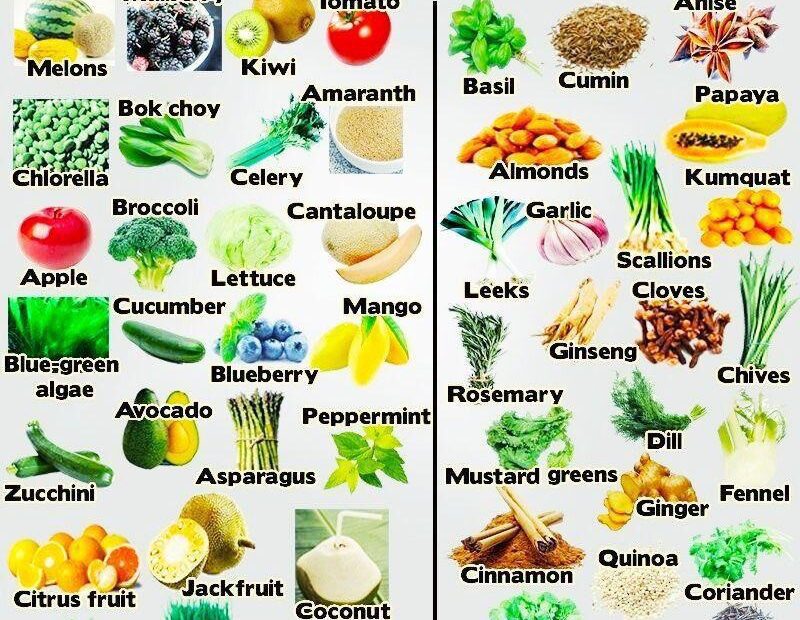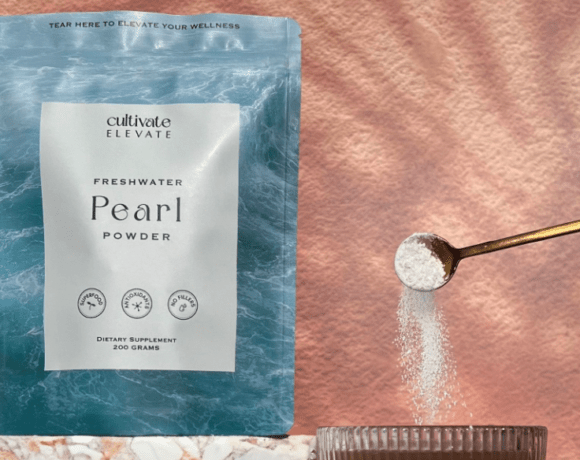In this article, we will explore the concept of cooling and warming foods, which is based on traditional beliefs about the effects of food on the body’s temperature. We will discuss the characteristics of cooling and warming foods, as well as their potential benefits and drawbacks. Additionally, we will provide examples of cooling and warming foods, and offer tips on how to incorporate them into your diet.
Understanding Cooling and Warming Foods
The concept of cooling and warming foods is based on traditional Chinese medicine and Ayurvedic principles, which suggest that foods can have an impact on the body’s internal temperature. Cooling foods are believed to lower the body’s temperature and provide a sense of relief in hot weather or in regions with a hot climate. Warming foods, on the other hand, are believed to raise the body’s temperature and provide a sense of comfort and warmth in cold weather or in regions with a cold climate.
While there is no scientific evidence to support the idea that certain foods can have a direct effect on the body’s temperature, the concept of cooling and warming foods can still be useful as a way to choose foods according to personal preferences and cultural traditions.
Cooling Foods
Cooling foods are typically high in water content and have a refreshing taste. They may also be lower in calories and have a hydrating effect on the body. Examples of cooling foods include:
- Melons: Melons are a good source of hydration due to their high water content. They are also low in calories and have a refreshing taste.
- Kiwi: Kiwi is a tropical fruit that is high in vitamin C and has a refreshing taste.
- Celery: Celery is a low-calorie vegetable that is high in water and fiber.
- Apple: Apple is a refreshing fruit that is high in antioxidants.
- Lettuce: Lettuce is a leafy green vegetable that is high in water content and has a refreshing taste.
- Mango: Mango is a tropical fruit that is high in water content and has a refreshing taste.
- Avocado: Avocado is high in healthy fats and has a creamy texture that can be refreshing in hot weather.
Warming Foods
Warming foods are typically high in spices and have a pungent or spicy taste. They may also be higher in calories and provide a sense of comfort and warmth. Examples of warming foods include:
- Basil: Basil is a fragrant herb that is often used in Italian cuisine. It has a warm and slightly sweet flavor.
- Cumin: Cumin is a spice that has a warm and earthy flavor. It is often used in Indian and Middle Eastern cuisine.
- Papaya: Papaya is a tropical fruit that is high in enzymes and has a slightly spicy flavor.
- Garlic: Garlic is a pungent spice that is often used in dishes to add warmth and depth of flavor.
- Dill: Dill is a fragrant herb that has a warm and slightly sweet flavor. It is often used in Scandinavian and Eastern European cuisine.
- Ginger: Ginger is a pungent spice that has a warm and spicy flavor. It is often used in Asian and Indian cuisine.
Incorporating Cooling and Warming Foods into Your Diet
Incorporating cooling and warming foods into your diet can be a helpful way to choose foods according to your personal preferences and cultural traditions. You can start by choosing foods that align with the weather conditions or time of year. For example, during hot weather, you may choose to consume more cooling foods such as melons, cucumber, and watermelon. During cold weather, you may choose to consume more warming foods such as soups, stews, and roasted vegetables.
It is also important to choose a variety of nutrient-dense foods that support overall health and well-being, regardless of their cooling or warming properties. Here are some nutrient-dense foods that can be incorporated into a balanced diet:
Leafy Greens: Leafy greens are packed with vitamins, minerals, and fiber. They can be eaten raw or cooked and are a great addition to salads, smoothies, and soups.
Whole Grains: Whole grains provide a good source of complex carbohydrates and fiber, which can help to maintain stable blood sugar levels and promote digestive health. Examples include quinoa, brown rice, and whole wheat bread.
Berries: Berries are high in antioxidants, which can help to protect the body against cellular damage caused by free radicals. They are also low in calories and high in fiber, making them a great snack option.
Nuts and Seeds: Nuts and seeds are a good source of healthy fats, protein, and fiber. They can be eaten as a snack or used to add crunch to salads and other dishes.
Legumes: Legumes, such as lentils, chickpeas, and black beans, are a good source of plant-based protein and fiber. They can be added to soups, salads, and stews, or used to make dips and spreads.
Fatty Fish: Fatty fish, such as salmon, sardines, and mackerel, are a good source of omega-3 fatty acids, which can help to reduce inflammation and support heart health.
Fermented Foods: Fermented foods, such as yogurt, kefir, sauerkraut, and kimchi, contain probiotics, which can help to support gut health and boost the immune system.
Conclusion
While the concept of cooling and warming foods may be based on traditional beliefs rather than scientific evidence, it can still be a useful tool for people to choose foods that align with their personal preferences and cultural traditions. Whether you prefer cooling foods in hot weather or warming foods in cold weather, the most important thing is to choose a variety of nutrient-dense foods that support overall health and well-being. By incorporating a variety of fruits, vegetables, whole grains, legumes, and healthy fats into your diet, you can help to ensure that you are getting the nutrients your body needs to thrive.





















